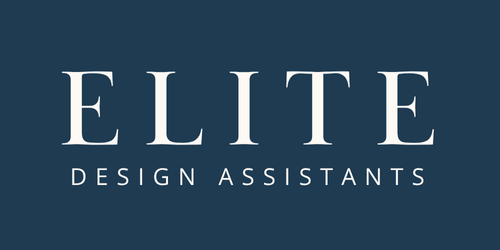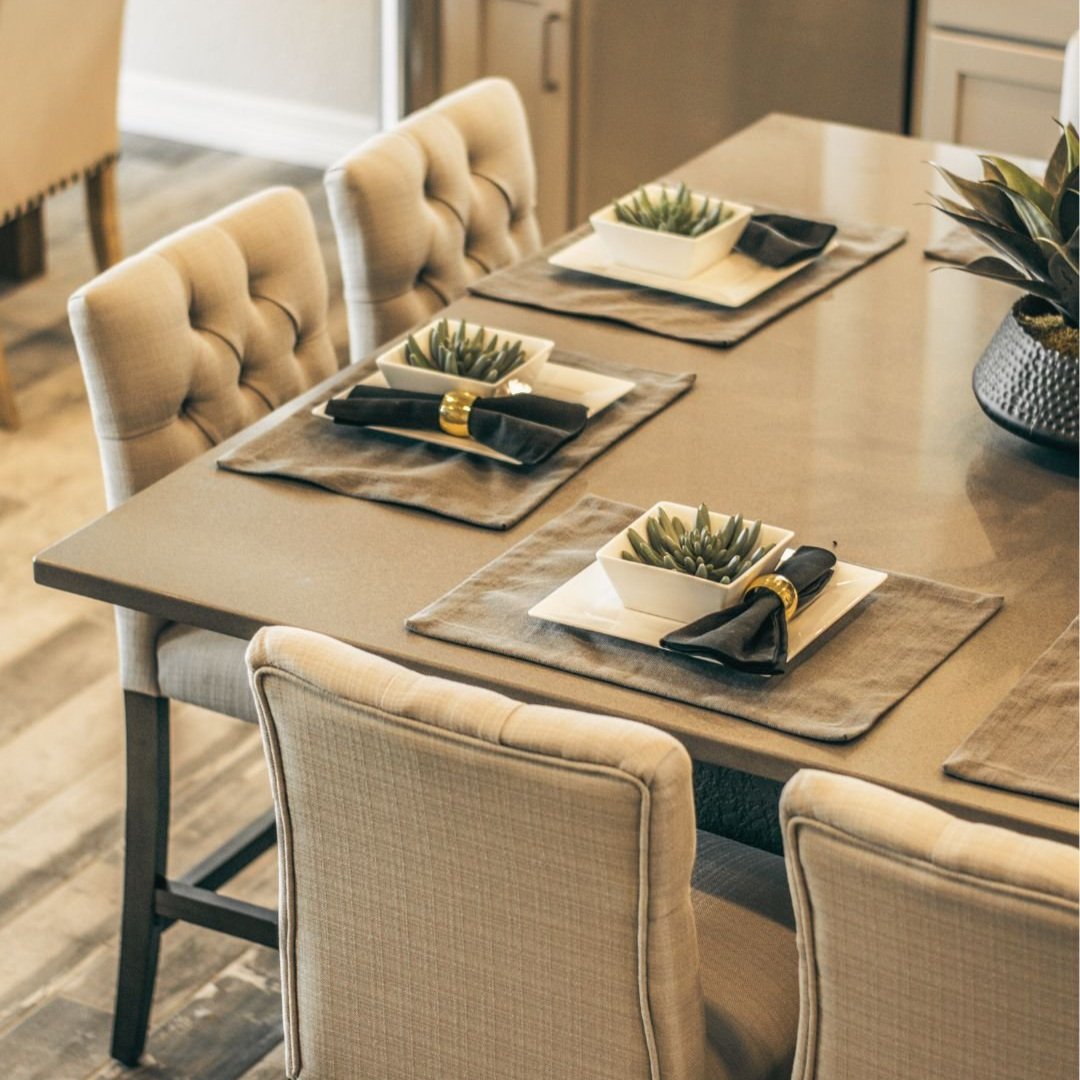🎁 The Holiday Hustle Survival Guide, Vol. II
/How Smart Interior Design Studios Get Ahead Before Year-End
The end of the year arrives fast for interior designers.
One moment it’s fall, and the next it’s installation season, client deadlines, holiday travel, and overflowing to-do lists. For interior design studios, the difference between surviving the holiday rush and thriving during it often comes down to one thing:
Strategic preparation — not working longer hours.
The most successful interior designers don’t wait until they’re overwhelmed. They streamline systems, outsource intentionally, and create space before the busiest weeks hit. Here’s how smart studios get ahead — and how you can too.
1. They Plan for Capacity, Not Just Projects
Many interior designers plan around project timelines but forget to plan around studio capacity.
Smart studios ask:
How many installs can we realistically manage at once?
What administrative or drafting tasks spike during November and December?
Where do delays typically happen?
By planning capacity early, interior designers protect their creativity, reduce stress, and deliver better results for clients.
2. They Outsource Before Burnout Hits
One of the biggest mistakes designers make during the holiday season is waiting too long to ask for help.
High-performing interior design studios outsource tasks such as:
Invoicing, proposals, and contracts
Working with a Virtual Design Assistant (VDA) allows designers to stay focused on design leadership while operational tasks are handled efficiently.
👉 Learn more about available support on our Services Page
3. They Strengthen Systems Before the New Year
November and December are ideal months to refine internal systems — not just rush through deadlines.
Smart interior designers use this time to:
Clean up design files and shared drives
Update email, proposal, and presentation templates
Review procurement workflows and order tracking
Improve project management systems
These small improvements lead to smoother operations and a stronger start to Q1.
4. They Build Flexible Support, Not Fixed Overhead
Instead of hiring full-time staff they may not need year-round, many studios rely on flexible virtual design support.
Virtual Design Assistants help interior designers:
Scale support up or down as projects change
Access specialized skills (drafting, admin, marketing, sourcing)
Reduce overhead while maintaining high standards
👉 Meet the professionals who make this possible on our
5. They Prepare for Q1 While Others Are Catching Up
While many designers are just trying to finish the year, smart studios are already planning ahead.
They’re thinking about:
January project launches
Updated systems and workflows
Delegating recurring tasks before they pile up
That forward thinking allows them to enter the new year organized, confident, and ready to grow — instead of playing catch-up.
The holiday hustle doesn’t have to feel chaotic.
With intentional planning, streamlined systems, and the right support, the busiest season of the year can also be one of the most productive and profitable.
You don’t need to do everything yourself — you just need the right team around you.















